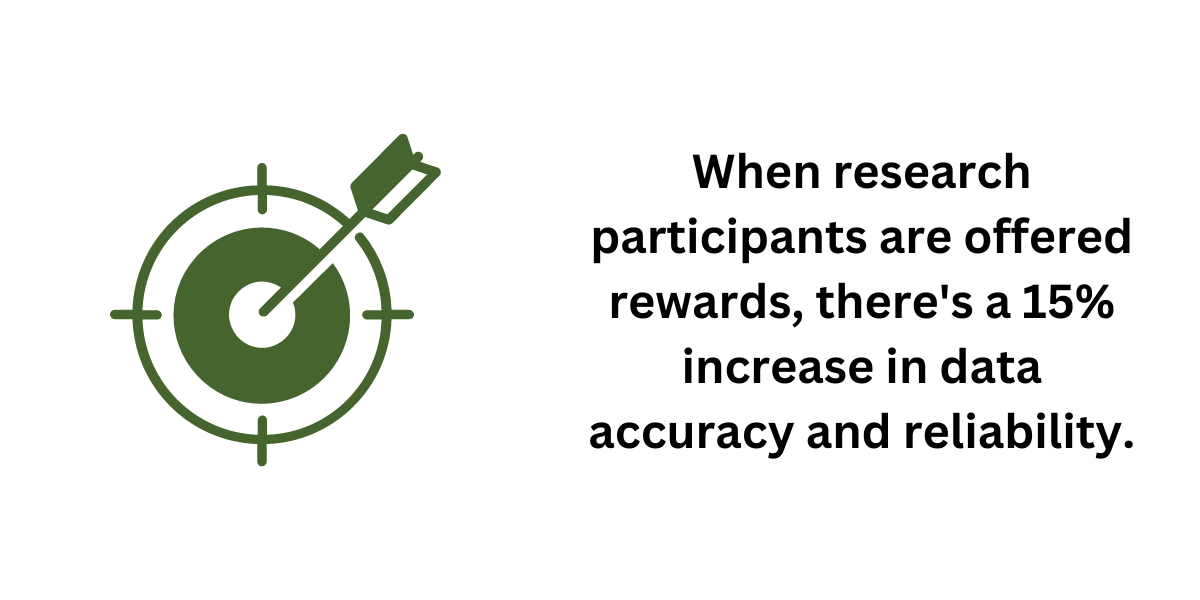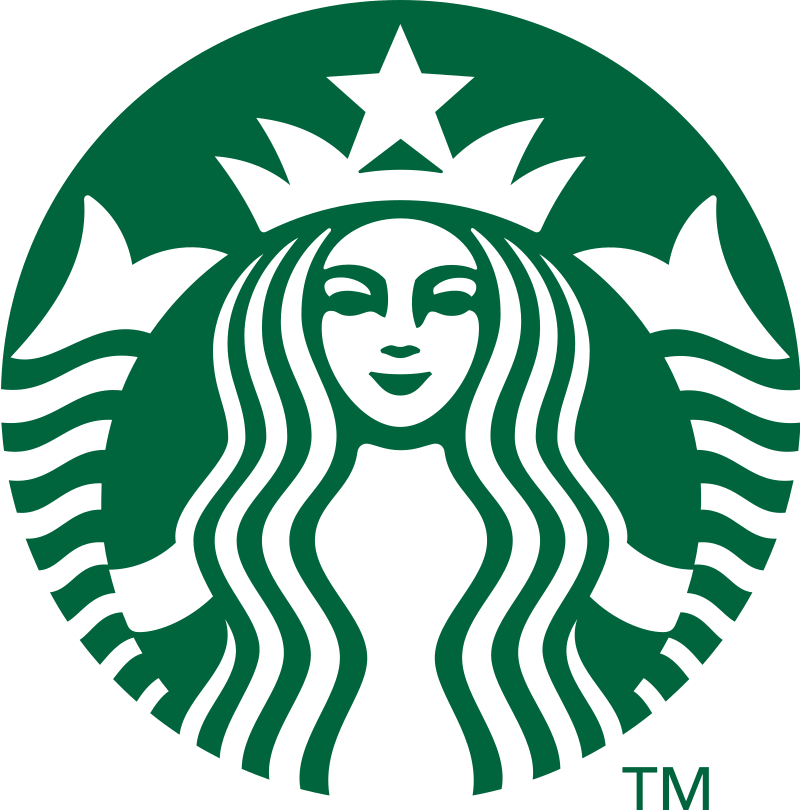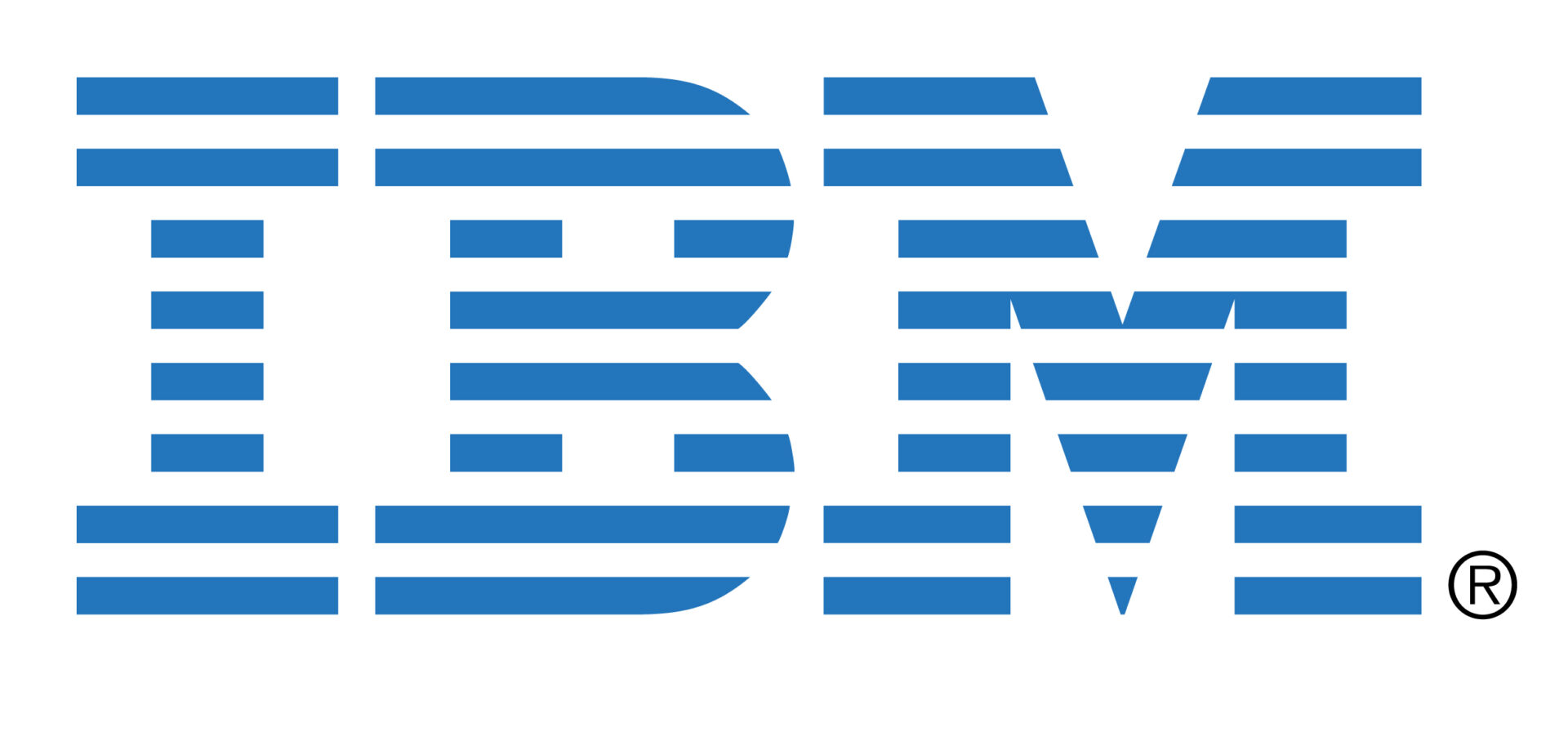Rewards and Incentives: Understanding the Distinction in the Workplace


By Signe Hegart
October 3, 2023
In today’s competitive business landscape, companies are constantly looking for ways to motivate and engage their employees. One highly effective strategy is to implement rewards and employee incentives programs. These programs not only boost employee morale and job satisfaction, but they also drive productivity and ultimately contribute to the organization’s success. So, what are the most effective forms of rewards and incentives? Let’s explore all about rewards and incentives in this blogpost.
Jump to section
What are Rewards and Incentives, and Why Does it Matter?
Rewards and incentives are two key elements in a company’s compensation and motivation strategies aimed at fostering employee engagement, performance, and job satisfaction. They serve distinct purposes and are important in different ways.
Rewards are mechanisms used by organizations to acknowledge and appreciate their employees’ contributions, achievements, or efforts. They serve as a means of recognizing the hard work and dedication of individuals or teams within the organization. Rewards can take various forms, including monetary bonuses, salary increases, promotions, recognition awards, or non-monetary benefits like additional time off or gift certificates.
Incentives are mechanisms designed to encourage specific behaviors or performance outcomes within an organization. They are often tied to achieving specific goals, targets, or milestones and serve as motivators to drive better performance and results. Incentive programs are intended to align individual and team efforts with the strategic objectives of the organization.
Rewards
- Varied Forms
- After-the-Fact-Recognition
- Long-tern Impact
- Extrinsic Motivation
Incentives
- Anticipated Motivation
- Clearly defined Goals
- Temporary Focus
- Can be Intrinsic
How are Rewards and Incentives similar?
- Motivation: They motivate employees to perform at their best by offering tangible or intangible benefits in return for their efforts.
- Retention: They help retain top talent by creating a positive and engaging work environment where employees feel valued and recognized.
- Performance Improvement: They drive better performance, productivity, and results by setting clear expectations and rewarding achievement.
- Goal Alignment: They align individual and team efforts with organizational goals, ensuring that everyone is working toward a common purpose.
- Competitive Advantage: They can give an organization a competitive edge by motivating employees to excel, innovate, and surpass industry benchmarks.
- Employee Satisfaction: They enhance employee satisfaction and job engagement, contributing to a happier and more productive workforce.
It’s essential for organizations to carefully design and implement rewards and incentives programs that align with their overall goals and values and consider the unique needs and preferences of their employees. An effective combination of both can help create a dynamic and motivated workforce.
The most effective forms of Rewards and Incentives
1. Gift cards
Gift cards are often considered an effective form of rewards and incentives for several reasons:
- Versatility: Gift cards come in a wide variety of options, from popular retailers to online platforms, restaurants, and more. This versatility allows employees to choose a reward that appeals to their personal preferences and interests, making it more meaningful to them.
- Customization: Employers can customize gift card rewards to align with their employees’ preferences. For example, a tech-savvy employee might appreciate an Amazon gift card, while a food enthusiast might prefer a restaurant gift card.
- Tangible and Appreciated: Gift cards are tangible rewards that employees can physically hold and use. This can provide a sense of immediate gratification and appreciation, as employees can see and touch their rewards.
One gift card with 5,000 brands available in 105 countries for ultimate freedom of choice. Employee recognition has never been easier. Whether you are looking for employee rewards, employee appreciation gifts, or want to send corporate egifts, Huuray can help you deliver presents that delight. Boost motivation and retention rates and make your staff feel valued with customizable gift cards. Easy to order and suitable for all occasions

Send yourself a reward or gift card
2. Recognition and Appreciation
A simple “thank you” can go a long way in recognizing and appreciating employees’ hard work and contributions. Regularly acknowledging and praising employees for their achievements, both publicly and privately, creates a positive work culture and fosters a sense of value and belonging.
3. Career Development Opportunities
Many employees are motivated by the prospect of professional growth and advancement. Offering career development opportunities such as training programs, mentorship, and promotions can be highly effective incentives. This not only rewards employees for their current performance but also demonstrates the company’s investment in their long-term success.
4. Flexible Work Arrangements
In today’s fast-paced world, work-life balance is a top priority for many employees . Offering flexible work arrangements, such as remote work options, flexible hours, and compressed workweeks, can be a valuable incentive. It allows employees to better manage their personal and professional lives, leading to increased satisfaction and productivity.
5. Employee Benefits
Comprehensive employee benefits packages can be a significant motivator for employees. Benefits such as health insurance, retirement plans, paid time off, and wellness programs demonstrate the company’s commitment to employee well-being. These perks can enhance job satisfaction and attract and retain top talent.
Read also: Corporate Gift Card program: Enhancing Morale and Productivity
When to use Rewards and when to use Incentives
The decision to use rewards or incentives in the workplace should be based on the specific goals, context, and desired outcomes of your organization. Both rewards and incentives have their own strengths and are better suited for different situations. Here’s when to use each:
When to Use Rewards
- Recognition and Appreciation: Use rewards when you want to acknowledge and express appreciation for employees’ ongoing efforts, loyalty, and contributions. Rewards are excellent for recognizing long-term commitment and overall performance.
- Retention and Loyalty: Implement reward programs to foster employee loyalty and retention. Recognizing and rewarding employees’ dedication to the organization can help reduce turnover and retain valuable talent.
- Morale and Motivation: Rewards are effective in boosting employee morale and motivation. When you want to create a positive and motivated work environment, rewards can play a crucial role in reinforcing good performance.
- Positive Work Culture: Use rewards to promote a positive work culture where employees feel valued, supported, and recognized. Rewards contribute to a sense of belonging and camaraderie among the workforce.
- Long-Term Impact: Rewards often have a lasting impact on employee motivation and engagement. They can contribute to building a positive and sustained workplace culture.
When to use Incentives
- Performance Improvement: Implement incentives when you want to drive specific, measurable improvements in performance or achieve particular outcomes. Incentives are effective for motivating employees to reach challenging goals.
- Focus and Goal Alignment: Use incentives to align employee efforts with the organization’s strategic goals. They provide clarity and direction, ensuring that employees are working towards specific objectives.
- Competitive Advantage: Incentives can be employed to gain a competitive edge by encouraging employees to outperform competitors, innovate, and excel in areas critical to the organization’s success.
- Short-Term Goals: Incentives are well-suited for achieving short-term results, such as meeting quarterly sales targets or launching a new product successfully. They create a sense of urgency and can drive immediate action.
- Behavioral Change: If you need to encourage specific behaviors or actions, incentives can be effective in motivating employees to adopt new practices or approaches.
In practice, many organizations use a combination of both rewards and incentives to create a well-rounded motivation and engagement strategy. For example, they might use rewards to recognize long-term service and loyalty while using incentive programs for employees to drive sales targets or project-specific goals. The key is to align the choice between rewards and incentives with your organizational objectives, employee needs, and the specific behaviors or outcomes you want to encourage.
Rewards and incentives long-term effect on employee productivity
Rewards and incentives can indeed have a long-term effect on employee productivity. When implemented effectively, these motivational tools can significantly impact an employee’s performance and overall engagement in the workplace.

One key way in which rewards and incentives can enhance productivity is by fostering a sense of recognition and appreciation. By acknowledging and rewarding employees for their hard work and achievements, organizations create a positive work environment that encourages individuals to go the extra mile. This recognition can boost employee morale and motivation, leading to increased productivity both in the short and long term.

Rewards and incentives can serve as powerful motivational drivers. By linking specific goals or targets to rewards, employees have clear objectives to strive for. This clarity helps in framing their work and provides a sense of purpose, which ultimately enhances productivity. Additionally, rewards and incentives can help create a healthy competition among employees, spurring them to perform at their best.

Furthermore, rewards and incentives can have a positive impact on employee loyalty and retention. When employees feel valued and rewarded for their efforts, they are more likely to remain committed to the organization. This reduces turnover rates, ensuring a stable workforce and allowing for long-term productivity gains.
Read also: Employee Incentive Programs: The Ultimate Guide to Retaining Top Talent in 2023
How to build an effective employee incentive or rewards program
After you’ve chosen the ideal program for your business, the next step is to execute it effectively. Here are some recommended approaches to ensure the successful implementation of your employee rewards, recognition, or incentive program.
1. Identify Objectives: Determine the specific outcomes or behaviors you want to encourage through your incentive or rewards program. This could include things like increased sales, improved customer satisfaction, or higher employee productivity.
2. Define Criteria: Clearly define the criteria for earning rewards or incentives. This could be based on individual performance, team performance, or company-wide goals. Make sure the criteria are measurable and achievable.
3. Choose the Right Incentives: Select incentives that are meaningful and valuable to your employees. This could include things like cash bonuses, gift cards, extra vacation days, or recognition ceremonies. Consider conducting surveys or talking to employees to understand what motivates them.
4. Communicate Expectations: Clearly communicate the expectations and requirements for earning rewards or incentives to your employees. Make sure they understand what they need to do to qualify and how their performance will be measured.
5. Track Progress: Implement a system for tracking and monitoring employee progress towards earning rewards or incentives. This could include regular performance reviews, goal-setting meetings, or software platforms that track individual performance metrics.
6. Provide Timely Feedback: Regularly provide feedback to employees on their progress towards earning rewards or incentives. This will help keep them motivated and engaged in the program.
7. Celebrate Achievements: When employees meet or exceed the criteria for earning rewards or incentives, celebrate their achievements. This could include public recognition, team celebrations, or personalized rewards.
8. Evaluate and Adjust: Continuously evaluate the effectiveness of your incentive or rewards program and make adjustments as needed. Monitor the impact of the program on employee motivation, performance, and overall organizational goals. Consider conducting surveys or gathering feedback from employees to gather insights and make informed decisions about potential changes or improvements to the program.

Ethical considerations when implementing rewards and incentives in the workplace
Implementing rewards and incentives in the workplace involves various ethical considerations. Here are some key ethical considerations to keep in mind:
- Fairness and Equity: Fairness and equity are fundamental in designing effective rewards and incentives programs. It means that all employees should have a level playing field to earn these rewards. Avoid favoritism by ensuring that everyone, regardless of their position or personal relationships, has an equal chance to participate in incentive programs. Additionally, steer clear of discrimination based on any characteristic, whether it’s gender, race, age, disability, or any other protected attribute. Creating a culture of fairness and equity fosters trust among employees and bolsters their motivation to participate in these programs.
- Transparency: Transparency is crucial for maintaining trust and motivation. Employees need to know how to earn rewards and incentives, as well as the criteria and processes involved. The criteria should be clearly communicated, so employees understand what’s expected of them. This transparency helps in preventing misunderstandings, frustration, and the perception of favoritism. When the process is transparent, employees can make informed decisions about their efforts and participation in incentive programs.
- Consistency: Consistency is vital for employee morale and trust in the system. Ensure that reward and incentive policies are consistently applied throughout the organization. Avoid changing the rules arbitrarily or making exceptions without a justifiable reason. Inconsistent application can lead to confusion, frustration, and a sense of injustice among employees. A fair and consistent approach reinforces trust and encourages employees to actively engage in the incentive programs.
- Non-Discrimination: Discrimination has no place in rewards and incentives programs. These programs should not discriminate based on characteristics such as gender, race, age, disability, or any other protected attribute. The rewards and incentives should be accessible to all employees, without exception. Non-discrimination is not only an ethical imperative but also a legal requirement in many jurisdictions. It is essential for promoting diversity and inclusion in the workplace.
- Inclusivity: Recognize that employees have diverse needs and preferences. What motivates one person may not motivate another. When designing incentive programs, allow for flexibility in the types of rewards and incentives offered. Some employees may prefer financial rewards, while others might value additional time off or professional development opportunities. Tailoring the incentives to accommodate these differences can boost participation and motivation, ultimately creating a more inclusive workplace culture.
- Privacy: Respecting employees’ privacy is paramount when implementing rewards and incentives. Avoid gathering or using personal information inappropriately to make decisions about rewards. Collect only the necessary information, and be transparent about how it will be used. Unauthorized or invasive collection of personal information can erode trust and lead to concerns about privacy violations. Upholding privacy safeguards employees’ trust and ensures the ethical implementation of reward programs.
Examples of companies using Rewards and Incentives
Many companies use rewards and recognition programs to motivate and retain their employees. Here are some well-known companies that are recognized for their employee reward programs:

Google is famous for its employee perks and incentives, including free meals, on-site fitness centers, and opportunities for personal and professional development. They also offer bonuses and stock options to reward top performers.

Starbucks
Starbucks offers its employees, known as “partners,” benefits like stock options, healthcare coverage, and tuition assistance, even for part-time workers.

IBM
IBM has a comprehensive recognition program that includes cash awards, gift cards, and other incentives to acknowledge outstanding performance and contributions.
Conclusion
Rewards and incentives can be powerful tools for motivating and engaging employees across departments. By following the steps outlined above and learning from the examples set by companies like Google, Starbucks, and IBM, you can create an effective rewards and incentives program for your own organization.
Remember to clearly define your goals and criteria for earning rewards, track employee progress, provide timely feedback, celebrate achievements, and continuously evaluate and adjust your program as needed. With a well-designed rewards and incentives program, you can increase employee motivation, performance, and overall organizational success.



Let’s have a chat
FAQ
Incentive pay, also known as performance-based pay, is a monetary reward offered to employees for achieving pre-determined goals or targets. This type of payment system is becoming increasingly popular among businesses as it motivates employees to work harder and smarter to achieve the desired outcomes. But the question remains: do most employees prefer incentive pay over a regular salary?
The answer to this question is not straightforward as it depends on several factors. Some employees prefer the stability of a regular salary, while others are motivated by the potential of earning more through incentive pay. It also depends on the nature of the job and the goals that are set for the employees. For instance, sales personnel may prefer commission-based incentive pay over a regular salary as it directly correlates with the number of sales made.
On the other hand, some employees may feel that incentive pay is unfair as it does not take into account the number of hours worked. In such cases, it is essential to set clear goals and targets that are achievable within a reasonable amount of time. Additionally, offering non-monetary rewards such as gift cards can also be an effective way to incentivize employees.
Gift cards provide a flexible and customizable way to reward employees for their hard work. For instance, you can offer gift cards to employees who exceed their sales targets or complete a project within a tight deadline. Gift cards can also be used to recognize employees who consistently perform well and contribute to the growth of the company.
Incentive pay is a form of monetary reward that has been used by businesses for a long time to motivate employees to work harder and more productively. The idea behind incentive pay is simple: offer employees an additional reward for meeting or exceeding certain performance objectives.
But the question is, does incentive pay actually work? The answer is yes, it does. Numerous studies have shown that providing incentive pay to employees can have a significant impact on employee productivity and overall business performance.
One of the most important factors that influence the effectiveness of incentive pay is the clarity of the goals and objectives. Employees must have a clear understanding of what is expected of them, and what they need to do to earn the incentive pay.
Another critical factor is the amount of incentive pay. It needs to be significant enough to motivate employees, but not so high that it becomes an entitlement. The amount of incentive pay should be based on the number of hours worked or the level of productivity achieved.
Using gift cards as a form of incentive pay has become increasingly popular in recent years. Gift cards are easy to distribute, and they provide employees with the flexibility to choose the reward that best suits their personal preferences.
In conclusion, incentive pay can be a powerful tool for improving employee productivity. When used properly, it can motivate employees to work harder and achieve better results. By providing clear goals and objectives, and offering a meaningful reward, businesses can create a win-win situation for both themselves and their employees.
Yes, you can! Huuray handles orders in bulk, so you can send gift cards to as many recipients as you need. Offer a personalized experience with your organization’s logo, customized fonts, colors, and message.